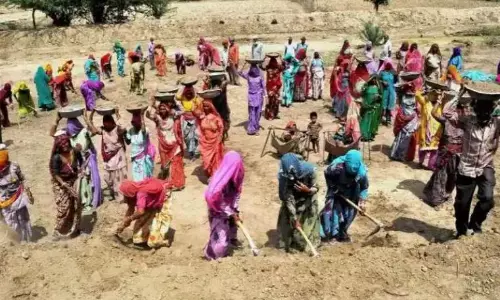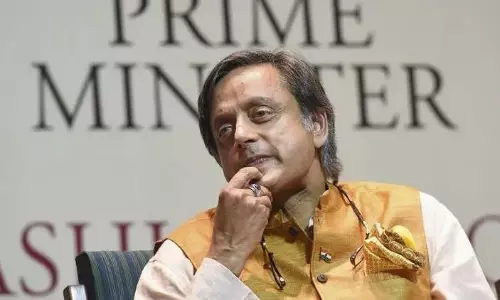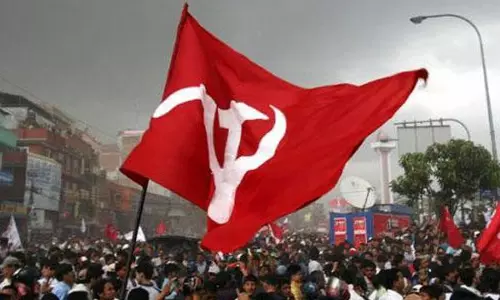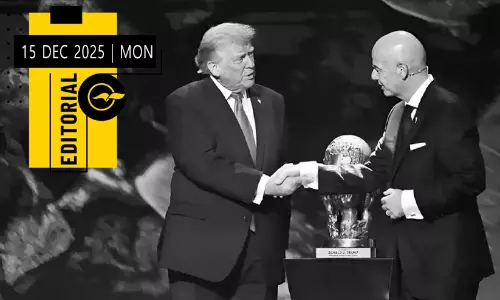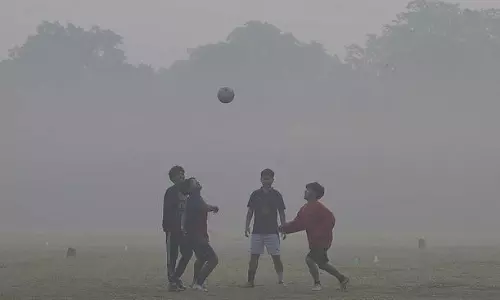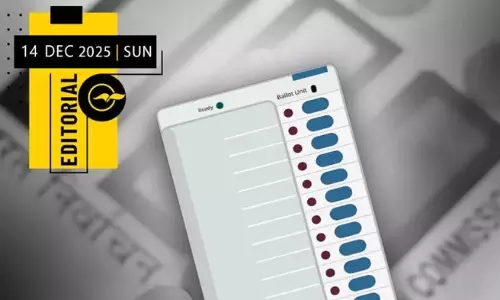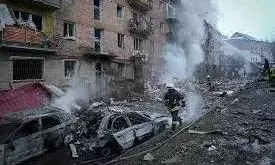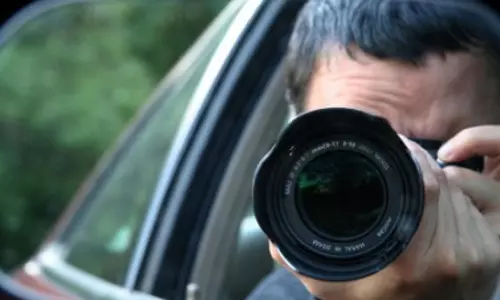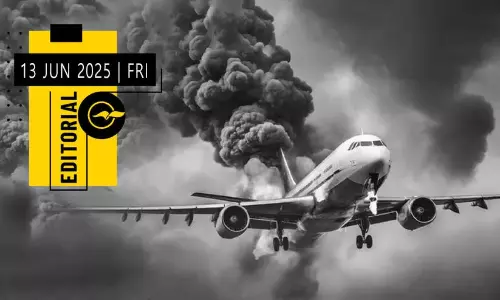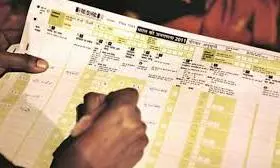
Caste census and reservation - beyond Bihar
text_fieldsThe BJP and the Congress have been locking horns over the caste census for some time now. The BJP's policy (change) announcement late last month said that there would be caste-wise data in the next census. The latest to surface in the BJP-Congress war of words on this issue are two old video clips of Prime Minister Narendra Modi released by Congress spokesperson Jairam Ramesh. The clips illustrate the BJP's change in policy on the issue. The BJP has so far accused the Opposition of trying to maintain and exacerbate divisions in society through the caste census. However, in Bihar, which has a high density of backward class population, caste discrimination has become an active issue in view of the state elections scheduled for October-November this year and the BJP has now made a volte face with its stance on caste census. The Nitish Kumar government conducted a caste survey there in 2022. In such a state, the BJP cannot reach out to the people without supporting the caste census.
Also read: BJP govt opposes good policy, defames, then adopts under pressure: Cong
However, in the video of on October 2, 2023, which was highlighted by the Congress, PM Narendra Modi says that the opposition is trying to divide the society on the basis of caste. In the second video, PM Modi, responding to the Congress's demand for a caste census, said that 'it is part of their urban Naxal mind-set'. The contradiction between the BJP's positions then and now is clear. Thus the BJP, which has now become a champion of caste census, is making a very pathetic argument. BJP President JP Nadda claims that the caste census was always in their 'vision' and that their ally Nitish Kumar's JDU government was the first to conduct it in Bihar. However, when Nitish Kumar conducted the caste census, it was not part of the NDA government led by the BJP, but of the anti-BJP Mahagathbandhan alliance. Was Nadda not aware of this?
Also read: BJP would have removed reservation if it won 400 seats: Revanth Reddy
Although caste, caste discrimination, and caste politics are realities in India, the stances of the parties towards it is mostly based on political considerations. The first caste-based census of the country was conducted in 1931 during British rule as part of the decennial exercise. Among the facts found then, there were more than four thousand castes and subcastes. Since then, no census has been conducted to take into account the total spectrum of castes. Only the enumeration of Scheduled Castes and Scheduled Tribes is conducted in the decennial census. Although an enumeration was conducted in 1941 during the World War, its results were not released. And it was on the basis of the 1931 report that half a century later, in 1981, it was revealed that 52 percent of the population belonged to Other Backward Classes, which was later used by the Mandal Commission, and led to the historic decision to reserve 27 percent for Other Backward Classes (OBCs).
Also read: Karnataka welcomes caste census, calls for wider socio-economic survey
The BJP is now justifying its new position by saying that the caste survey is to ascertain the real situation of the people and that it was made part of the census for authenticity because a mere survey would not yield the desired results. However, the Centre has still not clarified when the decennial census, which was supposed to be held in 2021 and was postponed due to Covid, will be held. Apart from Bihar, caste surveys were conducted in Karnataka in 2015 during Siddaramaiah's previous term and in Telangana in 2023 under the Congress government. The Telangana survey did reveal that 56 percent of the state's population belonged to backward classes. Although the Karnataka survey results were released only 10 years later, it was found that 70 percent of the state belonged to backward classes.
Also read: Caste census report is 'most scientific', says Karnataka Home Minister
The problem inherent in the caste census will not be resolved with the elections in Bihar or the later poll due in Uttar Pradesh. It will create more headaches for the BJP, which is dominated by the forward castes and biased in favour of the upper castse. The proportion of backward castes in the new census is likely to be higher than what was found earlier. It is already higher than the 27 percent recommended by the Mandal Commission. The reservation is now limited to 27 percent because of the maximum limit of 50 percent set by the Supreme Court. Congress, some other governments, and backward-class populations in some states have been clamouring to remove this ceiling to accommodate more backward communities in the quota net. In fact, the Supreme Court itself upheld the demand to raise it by implication when it upheld the reservation for Economically Weaker Sections (EWS). If the demand to increase backward class reservation also arises based on the data coming from the caste census - and there is every possibility of that - a new round of struggle for social justice will certainly evolve. At the same time, the real approach of political leaders to social justice will also be brought before the people. And that will not be something that can be resolved through mere rhetoric.
Also read: Karnataka caste census report recommends 8% reservation for Muslims




